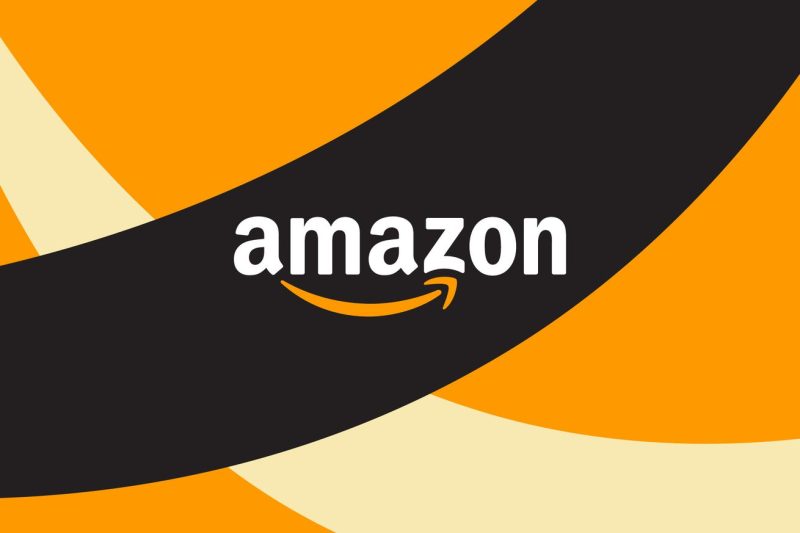Amazon Must Recall Dangerous Products Properly, Even Ones Sold by Third Parties
Product safety is a critical aspect of any consumer-focused business, particularly for online retail giants like Amazon. The recent surge in online shopping has brought to light the need for a more robust system to ensure that dangerous products are quickly identified and removed from the market. Amazon, as one of the world’s largest online retailers, must take a more proactive approach to product recalls, especially when it comes to items sold by third-party sellers on their platform.
The current system of product recalls on Amazon has come under fire for its inadequacies and lack of transparency. When a product is found to be dangerous or defective, Amazon often relies on third-party sellers to voluntarily remove the product from their listings. This can lead to delays in identifying the problem and poses a significant risk to consumers who may unknowingly purchase a hazardous product.
One of the major challenges with product recalls on Amazon is the issue of jurisdiction and accountability. Since Amazon serves as a marketplace for third-party sellers, it can be unclear who is ultimately responsible for ensuring the safety of the products sold on their platform. This ambiguity can make it difficult to track down sellers and hold them accountable for selling dangerous products.
To address this issue, Amazon must take a more proactive role in monitoring and enforcing product safety standards on its platform. This includes investing in advanced algorithms and machine learning technology to quickly identify potentially hazardous products based on customer reviews, complaints, and other data points. By proactively flagging risky products, Amazon can prevent harm to consumers and maintain trust in its marketplace.
In addition to leveraging technology, Amazon should also establish clear guidelines and requirements for third-party sellers regarding product safety and recalls. Sellers should be required to provide detailed information about their products, including safety certifications and testing procedures. Amazon should also establish a streamlined process for reporting and handling product recalls, ensuring that dangerous products are swiftly removed from the platform.
Furthermore, Amazon should work closely with regulatory agencies and consumer advocacy groups to develop a more robust framework for product safety and recalls. By collaborating with external stakeholders, Amazon can gain valuable insights and expertise in identifying and addressing potential safety issues. This partnership can also help Amazon stay ahead of evolving consumer protection regulations and industry best practices.
In conclusion, Amazon must take a proactive approach to product recalls, especially when it comes to items sold by third-party sellers on their platform. By investing in technology, establishing clear guidelines for sellers, and partnering with external stakeholders, Amazon can enhance product safety standards and protect consumers from dangerous products. Ultimately, prioritizing consumer safety will not only benefit Amazon’s reputation but also foster trust and loyalty among its customers.



























